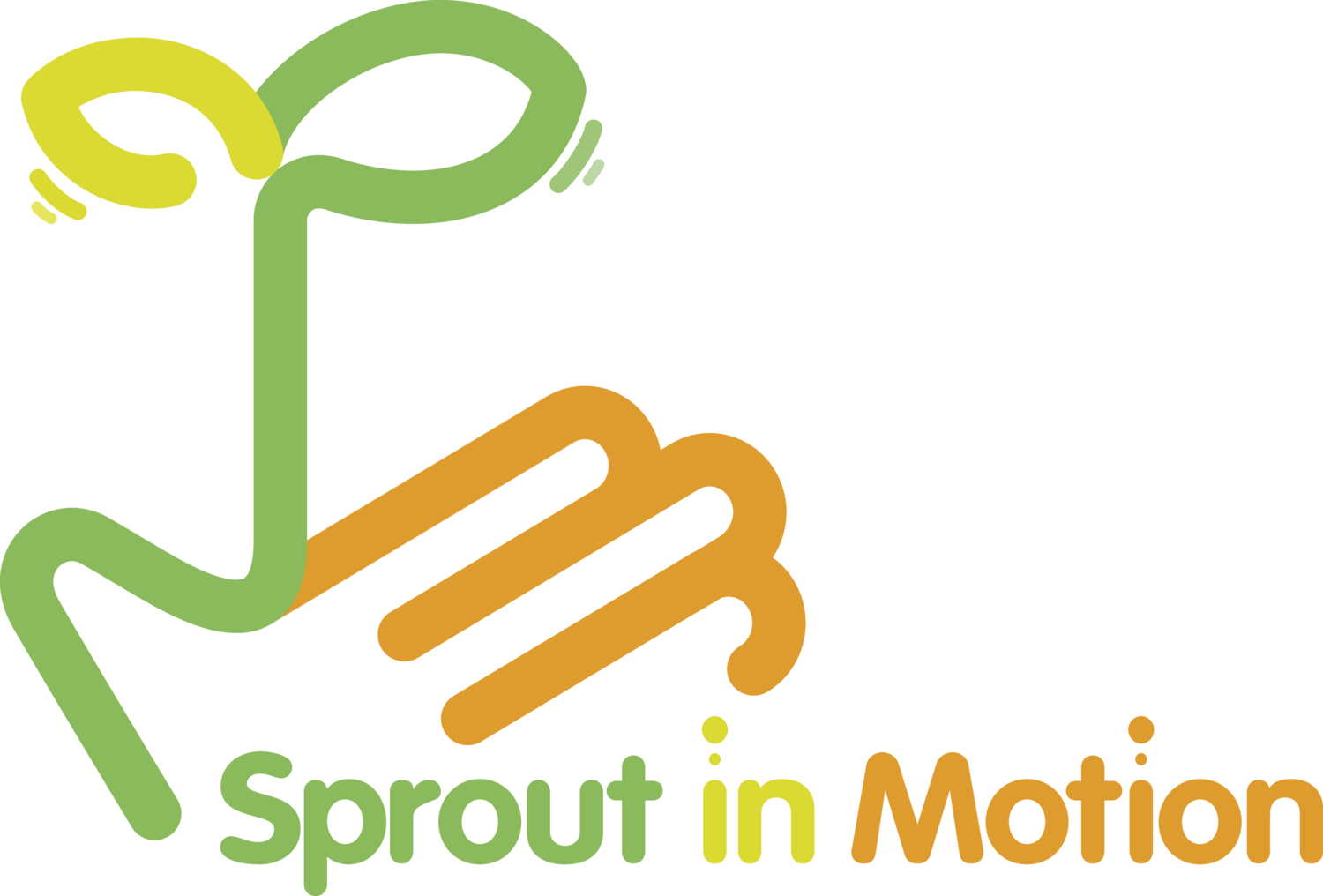Understanding ADHD and Autism: Key Similarities and Differences Explained
Parents and professionals often face a challenging question when a child exhibits developmental, social, or behavioral differences: Is it ADHD, autism, or both? While these conditions have overlapping symptoms, they are distinct neurodevelopmental disorders that require tailored interventions. Understanding the similarities, differences, and co-occurrence of Attention-Deficit/Hyperactivity Disorder (ADHD) and Autism Spectrum Disorder (ASD) is critical for accurate diagnosis and effective support.
ADHD and Autism: Similarities and Differences
ADHD Overview
ADHD is characterized by persistent patterns of inattention, hyperactivity, and impulsivity that interfere with daily functioning. According to the Centers for Disease Control and Prevention (CDC), approximately 6 million children in the United States (9.8%) aged 3–17 have been diagnosed with ADHD. Common symptoms include difficulty sustaining attention, excessive energy, forgetfulness, and impulsive behavior.
Autism Spectrum Disorder (ASD) Overview
ASD, on the other hand, is a spectrum of neurodevelopmental disorders that primarily affect communication, social interaction, and behavior. The CDC estimates that 1 in 36 children in the United States is diagnosed with ASD, with symptoms ranging from difficulty understanding social cues to repetitive behaviors and restricted interests.
Where ADHD and Autism Overlap
There is significant overlap between ADHD and ASD, which can make diagnosis complex. Shared symptoms include:
Difficulty focusing or paying attention (common in ADHD but also seen in ASD when a child is uninterested in a task).
Impulsivity (e.g., interrupting others or acting without thinking).
Hyperactivity (e.g., constant movement, fidgeting).
Social challenges, such as difficulty with peer relationships and inappropriate responses in social situations.
Key Differences
Despite their similarities, ADHD and ASD have core differences:
Social Interaction: Children with ADHD may struggle with social skills due to impulsivity or inattentiveness, but they typically want to engage with peers. Children with ASD, however, may have fundamental difficulties with understanding social cues, emotions, and reciprocal communication.
Focus: ADHD is often marked by difficulty maintaining focus, whereas ASD can involve hyperfocus on specific interests or activities, sometimes at the expense of other tasks.
Repetitive Behaviors: Repetitive movements or restricted interests are hallmark traits of ASD but are not characteristic of ADHD.
ADHD and Autism: Can They Co-Occur?
Yes, ADHD and ASD can co-occur. Research suggests that 30%–50% of children with ASD also meet the diagnostic criteria for ADHD, and around 20%–50% of children with ADHD show symptoms of autism (Antshel et al., 2016). This comorbidity adds complexity to both diagnosis and treatment.
The overlap in symptoms is due to shared underlying neurodevelopmental pathways. Both conditions are associated with atypical brain development, particularly in areas related to executive functioning, social processing, and emotional regulation. Genetic studies also indicate that ADHD and ASD share common genetic risk factors, further explaining the frequent overlap between the two conditions (Simonoff et al., 2008).
The Importance of Accurate Diagnosis
Misdiagnosis or delayed diagnosis of ADHD or ASD can result in inadequate support and intervention.
For example:
A child with ASD misdiagnosed with ADHD might receive behavioral interventions that don’t address their social communication challenges.
A child with ADHD misdiagnosed with ASD might miss out on strategies to manage impulsivity and attention difficulties.
A child with both disorders may not receive the comprehensive support needed to address the full range of their symptoms.
To ensure accurate diagnosis, professionals use a combination of:
Comprehensive evaluations, including parent and teacher reports.
Standardized assessments for ADHD and ASD, such as the Conners Rating Scale (for ADHD) and the Autism Diagnostic Observation Schedule (ADOS).
Developmental history to understand early signs and symptoms.
Treatment and Support
Treatment plans for ADHD, ASD, or co-occurring ADHD-ASD should be individualized to meet the unique needs of the child. Here’s an overview of approaches:
For ADHD
Behavioral Interventions: Strategies to improve focus, organization, and impulse control.
Medications: Stimulant medications (e.g., methylphenidate) or non-stimulants can help manage symptoms.
Parent Training: Equipping parents with tools to support their child’s behavior.
For ASD
Speech and Language Therapy: To improve communication skills.
Social Skills Training: To teach appropriate social behavior.
Applied Behavior Analysis (ABA): A structured approach to teaching new skills and reducing challenging behaviors.
For Co-Occurring ADHD and ASD
Integrated Interventions: Combining therapies for ADHD and ASD, such as ABA for social skills and medication for attentional difficulties.
Executive Function Training: To help with planning, time management, and organization.
Sensory Integration Therapy: To address sensory sensitivities common in ASD but also seen in some children with ADHD.
Supporting Parents and Caregivers
Parenting a child with ADHD, ASD, or both can be overwhelming. Parents often experience stress, guilt, and uncertainty about how best to support their child. Research shows that parent training programs can significantly improve outcomes for children and reduce parental stress. Programs such as Parent-Child Interaction Therapy (PCIT) and the Incredible Years Program teach parents effective strategies for managing behavior and fostering positive interactions.
Additionally, support groups and online resources (e.g., Autism Speaks, CHADD) can connect parents with others facing similar challenges, providing a valuable sense of community and shared experience.
Conclusion
Determining whether a child has ADHD, autism, or both requires careful evaluation and a nuanced understanding of their symptoms. While the overlap between these two conditions can complicate diagnosis, it also highlights the need for an integrated, individualized approach to treatment. Parents and professionals working together can ensure that children receive the support they need to thrive, emphasizing their unique strengths while addressing their challenges.
By fostering understanding and collaboration, we can help children with ADHD, ASD, or both unlock their full potential.
References:
Antshel, K. M., & Russo, N. (2016). Autism spectrum disorders and ADHD: Overlapping phenomenology, diagnostic issues, and treatment considerations. Current Psychiatry Reports, 18(9), 1-9.
Simonoff, E., Pickles, A., Charman, T., Chandler, S., Loucas, T., & Baird, G. (2008). Psychiatric disorders in children with autism spectrum disorders: Prevalence, comorbidity, and associated factors. Journal of the American Academy of Child & Adolescent Psychiatry, 47(8), 921-929.
Centers for Disease Control and Prevention (2023). ADHD and ASD data.






